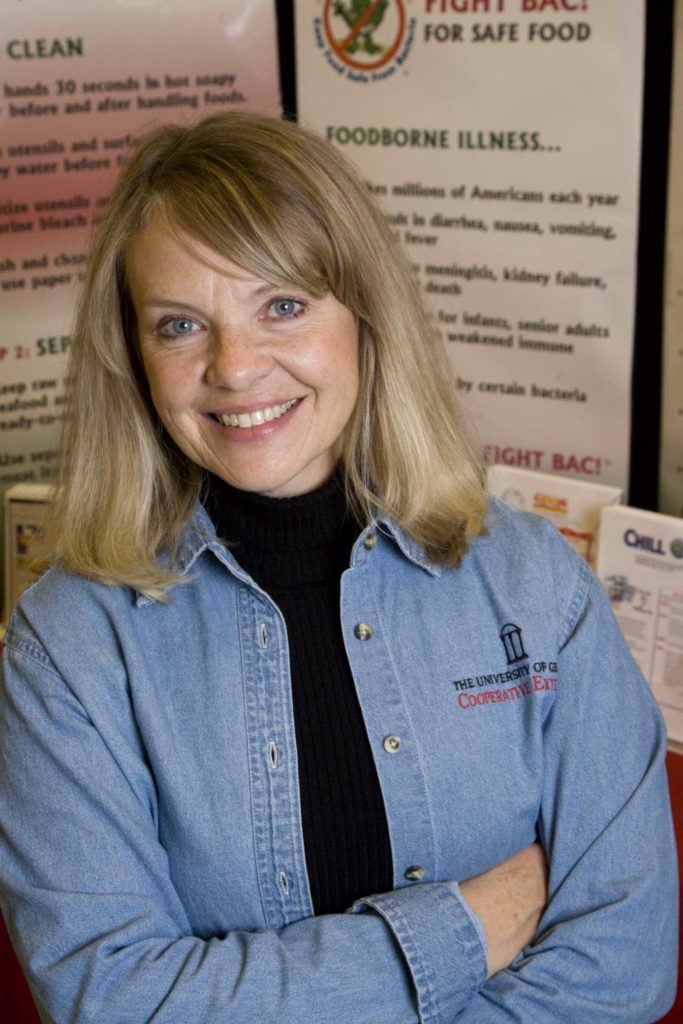Athens, Ga. – New research from the University of Georgia published in the August issue of the Journal of Food Protection found that the social networking platform Facebook is good for more than keeping up with friends-targeted content can be used to teach college students how to safely prepare their own food.
Judy Harrison, a professor of foods and nutrition in the UGA College of Family and Consumer Sciences, worked with Ashley Bramlett Mayer, who graduated with a master’s degree in foods and nutrition and now works as a registered dietitian for Grady Health Systems in Atlanta, on one of the first studies to look at the effectiveness of social media in educating audiences about keeping food safe.
The study compared groups of students who attended a traditional lecture, had a combination of a lecture and access to a UGA “Safe Eats” Facebook page, had access to the Facebook page only or received no food safety education.
Students who spent more than 15 minutes per week on the “Safe Eats” Facebook page watching videos and participating in discussions showed greater improvements in their attitudes toward food safety and in their food handling practices than the other students.
“Many of these college students are cooking for themselves for the first time and need to learn safe food handling practices to reduce their risk of food poisoning or foodborne illness,” said Harrison, who also is a UGA Cooperative Extension foods specialist.
The study included more than 700 college students enrolled in introductory courses at UGA.
Of the students surveyed, 96.8 percent had a Facebook profile. Of the students who participated in the Facebook intervention group, more than 50 percent indicated they were likely or very likely to use social media in the future to learn about a health or safety topic; more than 73 percent indicated they were likely or very likely to share food safety information with others.
“Facebook affords food safety educators an attractive means for communicating food safety messages to young adults, and social media may provide an inexpensive and effective method of reaching widespread audiences with public health messages,” Mayer said.
Harrison agrees. “Although traditional food safety lectures may be useful for increasing food safety knowledge, food safety educators may inspire notable changes in food safety attitudes and practices through the innovative use of social media and may keep young adults engaged in learning about issues related to health and safety,” she said.
The Centers for Disease Control and Prevention estimate one of every six Americans will become sick from foodborne illness each year. Foodborne illnesses cause 128,000 hospitalizations and 3,000 deaths per year.
“Home kitchens are the final line of defense against foodborne illness in the farm to table continuum,” Mayer said, “and educated food preparers are key to minimizing contamination, controlling bacterial growth and cooking foods to safe internal temperatures to eliminate pathogens.”
Students learned how to use thermometers to check refrigerator temperatures, reheat leftover foods safely, follow recommended times including stand times when microwaving foods, separate raw meats from ready-to-eat items while grocery shopping, marinate foods in the refrigerator instead of at room temperature, cook eggs until they are firm and wash hands thoroughly and often.
